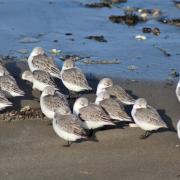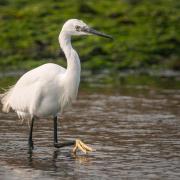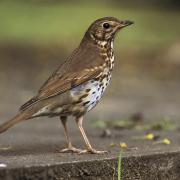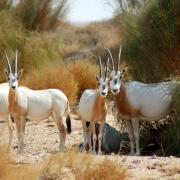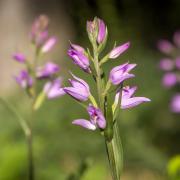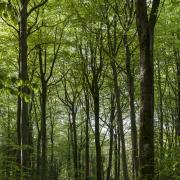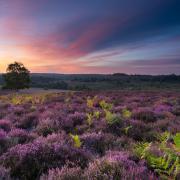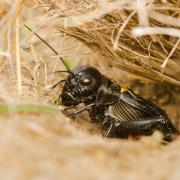Hampshire is a heathland marvel, boasting more areas than any other county - with Steven Ord

In heathland terms Hampshire is a big deal. Not only is Hampshire estimated to have more heathland than any other county in England, but the UK is believed to have 20% of all the heathland that exists on the face of the earth.
In the past, heathland was believed to be worth comparatively very little; a barren waste, suitable only for the very poor to eke out a subsistence living.
This history of hard management, where everything was taken and very little was returned, combined with soil type, altitude, climate and location, are what gives heathlands their particular character.
In the mid-20th century, modern fertilisers enabled heathlands to be converted into farms, or to be used to grow trees for industry. As a result, in most areas, only fragments are now left.
However, Hampshire has bucked this trend; thanks to the New Forest, and large areas retained by the MOD as practice ranges, as well as a large compliment of heathlands retained on commons in the North East of the county.
Today we value heathland much more highly. Its list of benefits reads like a shopping list of antidotes for today’s ailments.
Carbon sequestration; spaces of semi-wilderness, where a quiet walk can ease the stresses of modern life; a spectacle of colour, from yellow gorse in April to purple heather in August and September; a home for some of the country’s rarest and most threatened wildlife.
In August, look out for the large Grayling butterfly along path edges and the grassier bits of heath. It flits along before coming to rest, wings closed, on tree trunks and gravel tracks, in near-perfect camouflage.
Listen out for the high-pitched electric wire buzz of Roesel’s Bush Cricket, and the chirp from deep within bramble bushes of the Dark Bush Cricket.
Fungi will begin to emerge on the heaths and wooded edges, so look out for huge parasol mushrooms, red and white Fly Agarics (the ‘Classic’ toadstool) and round Earth-balls which expand like bubbles from the dirt. Please don’t pick, but leave for others to enjoy.
The changes to the landscape and the impact of our activities have increased the value of heathlands, but have made them smaller and more vulnerable.
Resources for management too are ever declining. In the face of these increased challenges, our team are proud stewards of heathlands in many parts of Hampshire.
We can all be delighted with this county’s crucial position as a heathland marvel.
Steven Ord is a ranger with Hampshire Countryside Service. The service looks after many of Hampshire’s major country parks and National Nature Reserves, as well as some heritage monuments, local recreational spaces and large areas of common land. It also manages Hampshire’s 3,000 miles of public rights of way.






